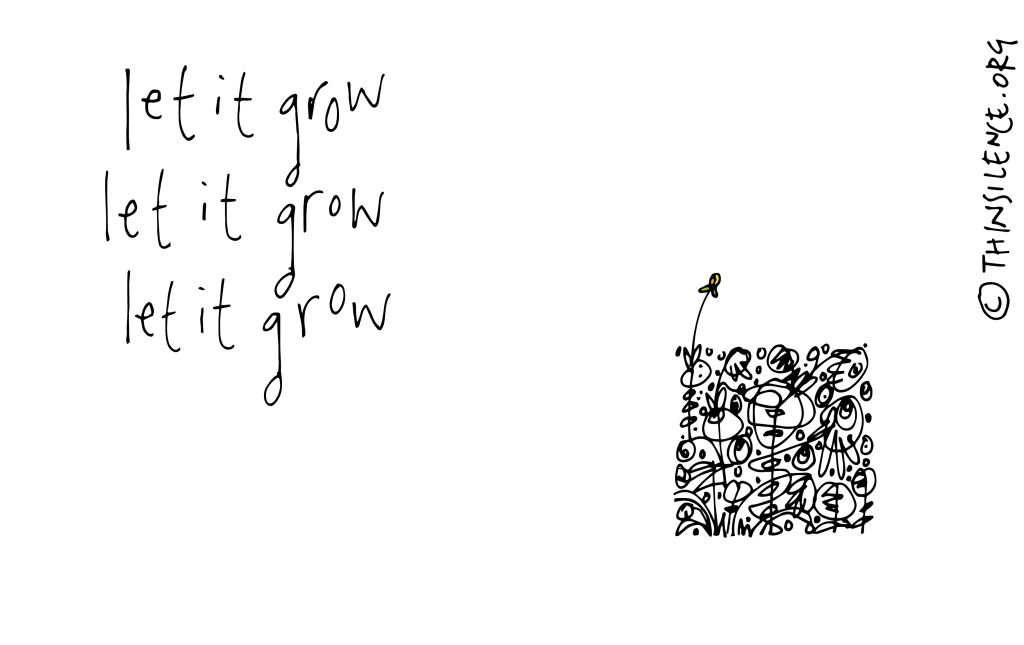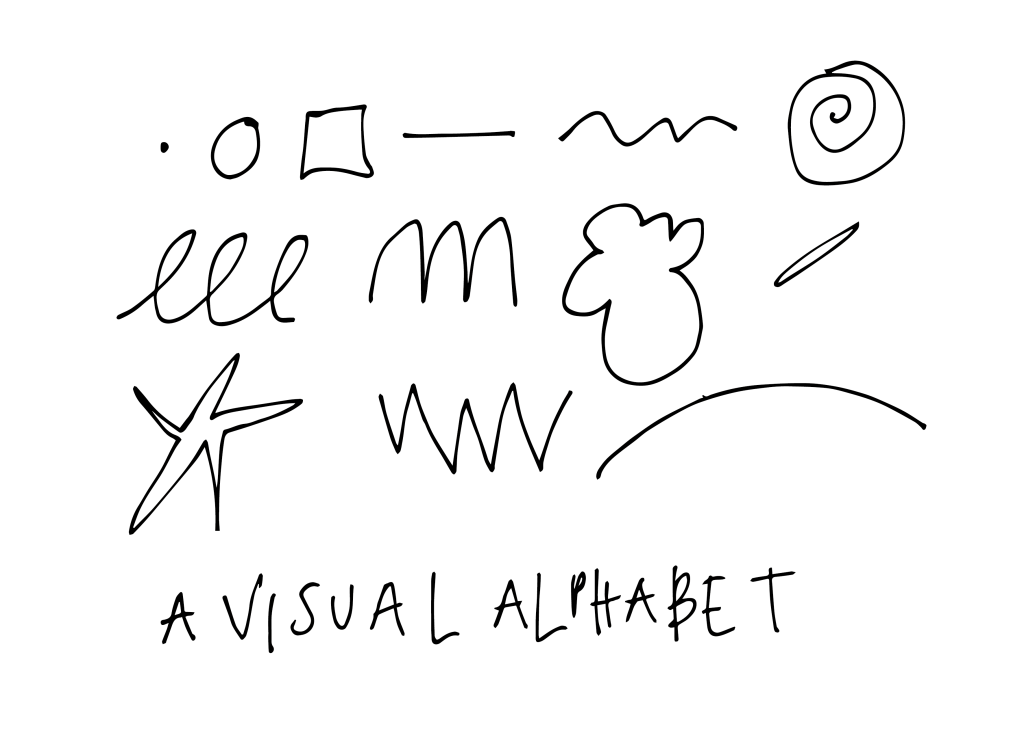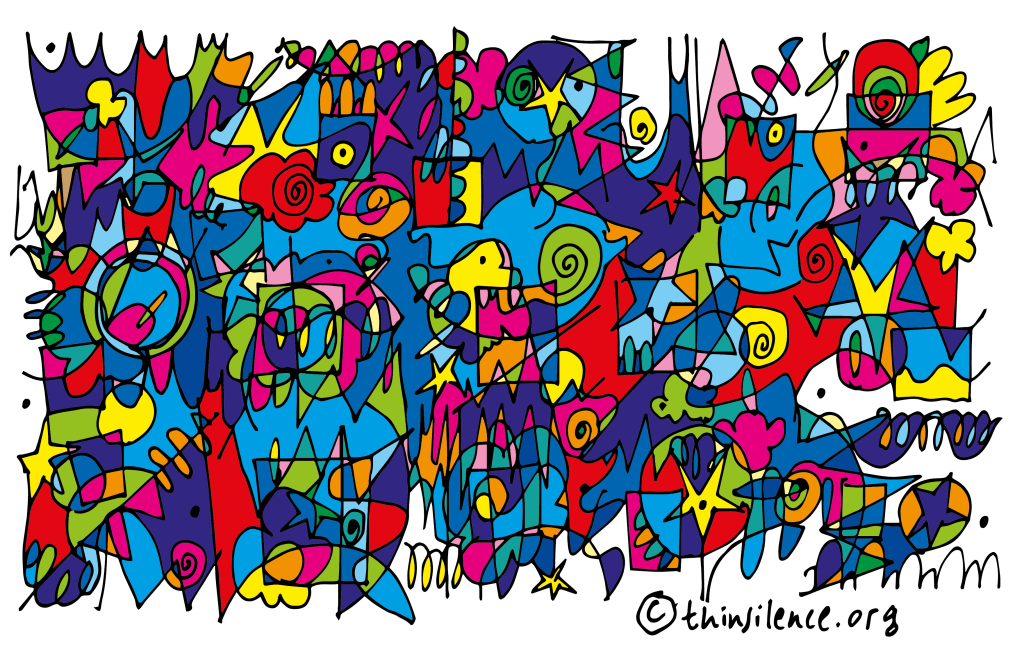
Advice from people who have gotten lucky is a tricky thing. … Luck might not be a strategy, but setting yourself up to be lucky might be.*
(Seth Godin)
Lucky people tend to be those who get themselves out there more than those who stay at home.
We live in a universe of abundance rather than a world of scarcity.
Specifically, we all have something to give, and with seven billion people on the planet, that’s a lot of resources.
Abundance is more a way of seeing.
Desire lines are what we call those paths that cut across the grass the city planners and architects have put down.
Canny developers wait to see where people desire to walk before putting the paths in place.
As we think about it today, a desire line is a way of getting “out there” in a way that is personal to each of us.
It translates into doing the faithful things that help us turn up and be open, to be able to follow leads when they appear and to show our work.
Our best desire lines open us to our passions overcoming inertia, originality and generosity ovecomingr dogma, service and adventure overcoming ease, following convictions overcoming wilting under criticism, apologising overcoming blagging, kindness overcoming being clever at the expense of others, being a builder overcoming being a cynic.
*From Seth Godin’s blog: Luck is not a strategy.












You must be logged in to post a comment.